Description
“A powerhouse grain for strong bones, steady energy, and everyday health”
- Rich in fiber- Supports healthy digestion and improves gut health
- A wholesome alternative to refined grains
- Packed with complex carbs that provide sustained energy
- Weight management- Keeps you fuller for a longer time, reducing cravings
- Packed with antioxidants- strengthens immunity and protects against oxidative stress
- Can be used for porridge, khichdi or as a rice substitute
- Nutrient-dense grain suitable for all age groups



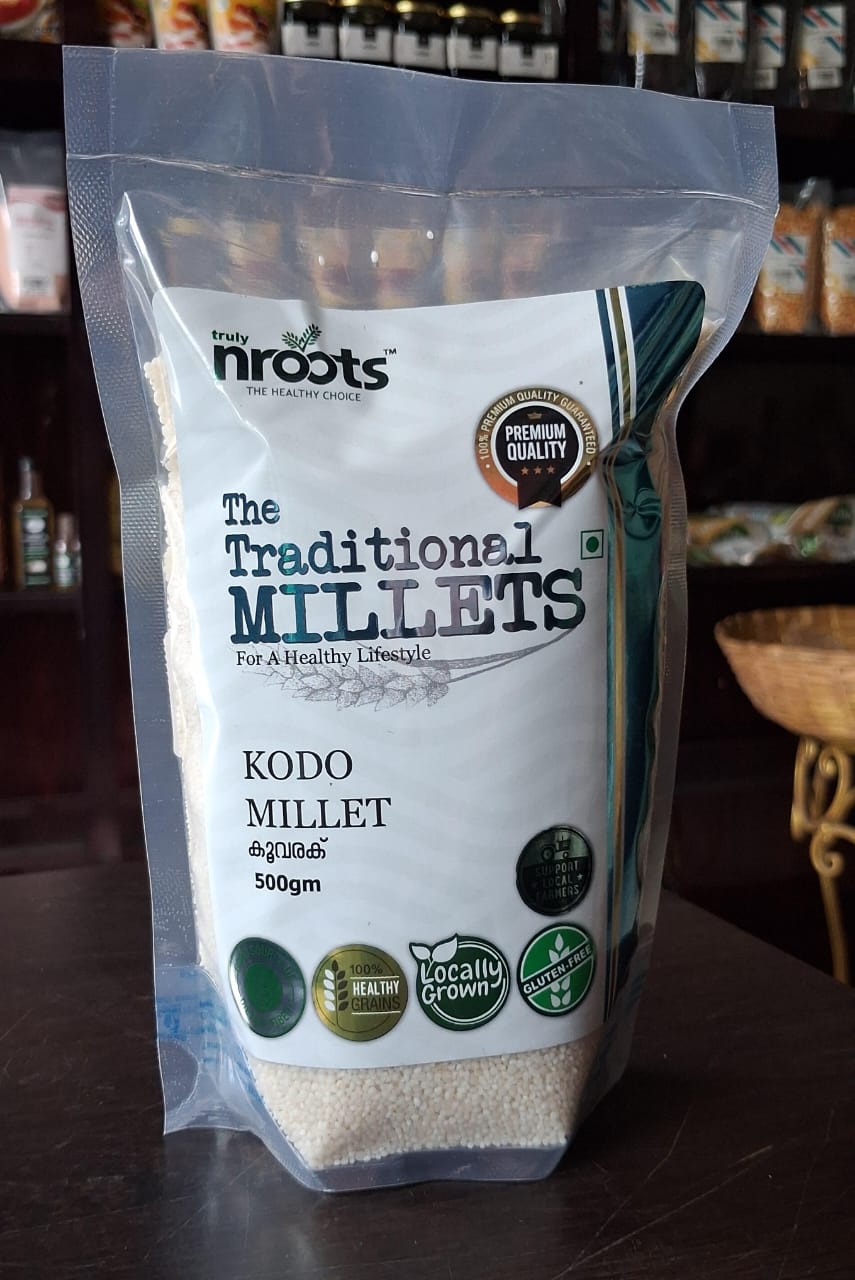
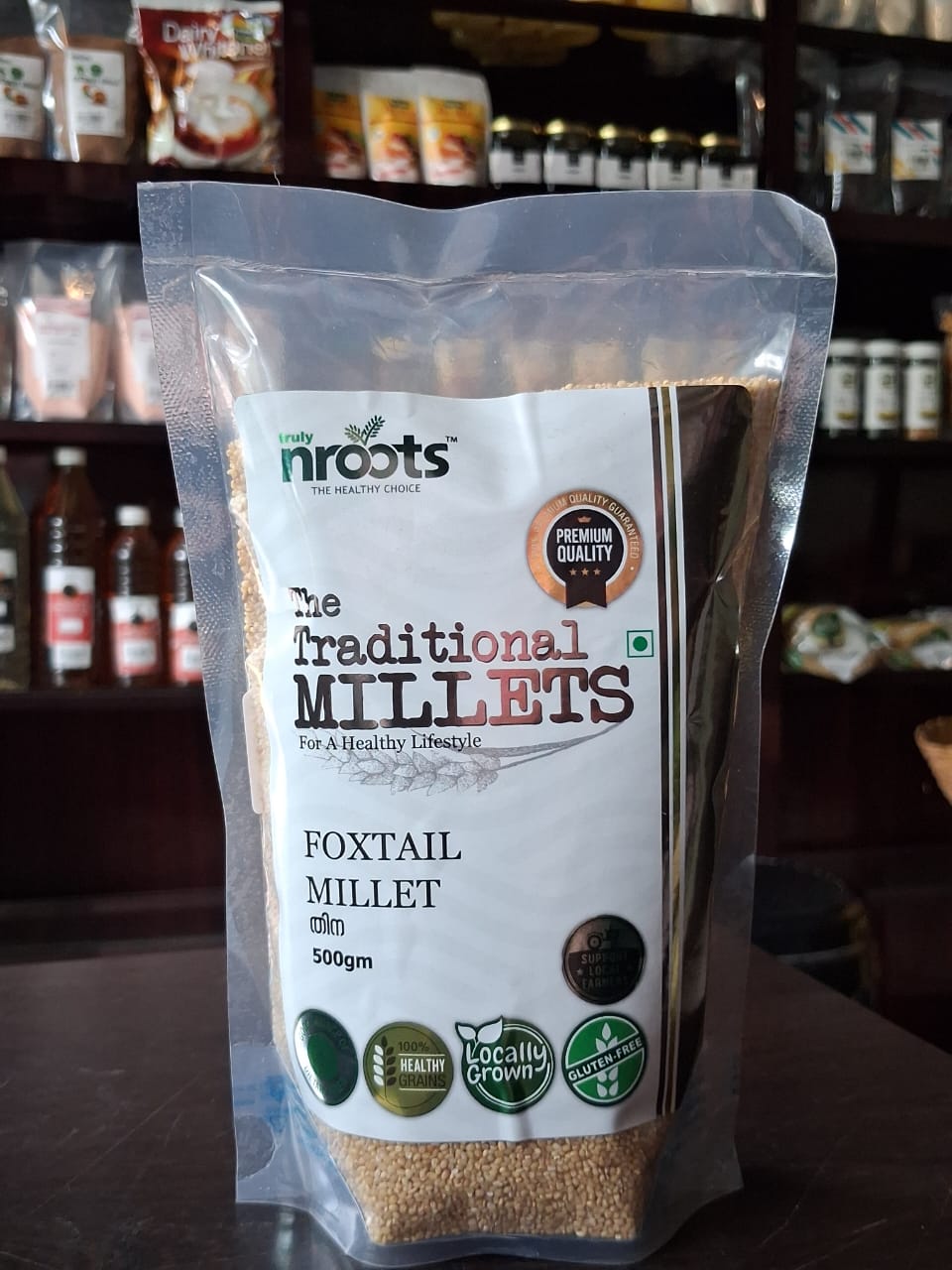
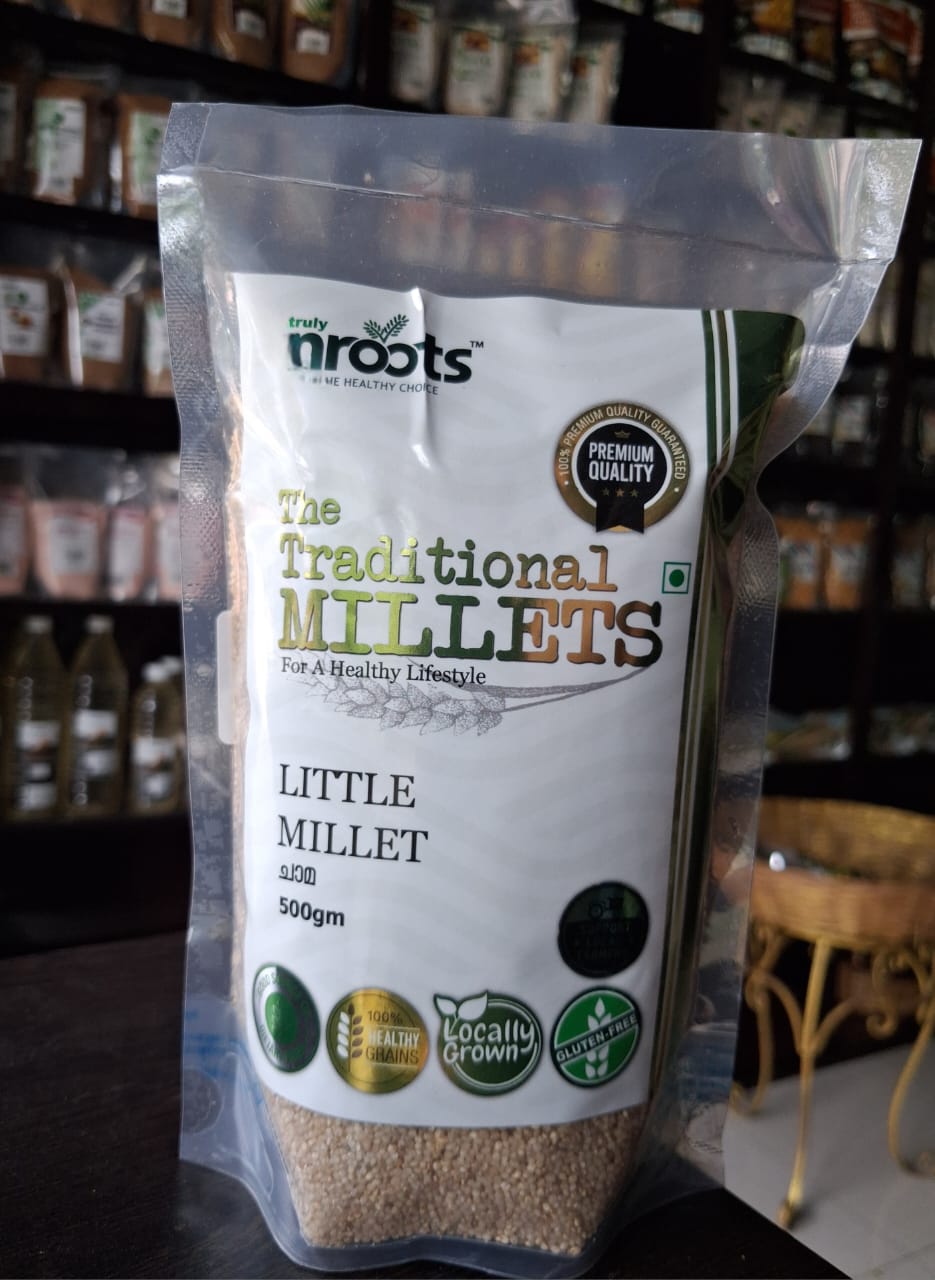
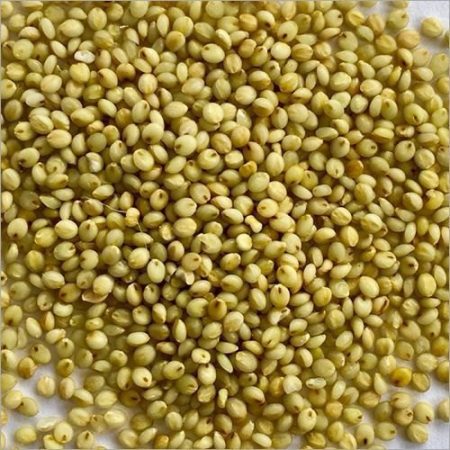
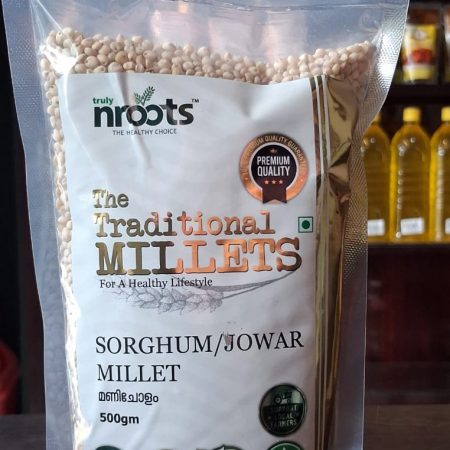
Reviews
There are no reviews yet.